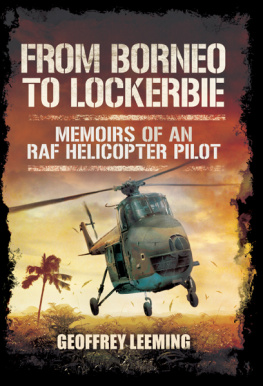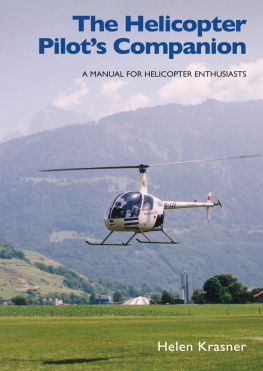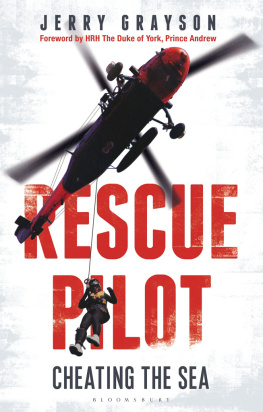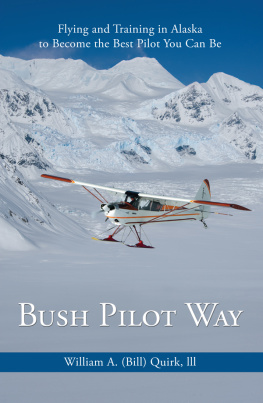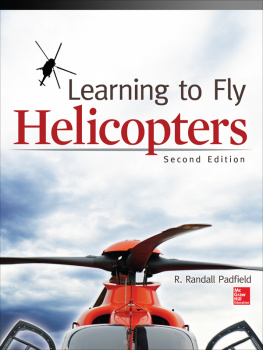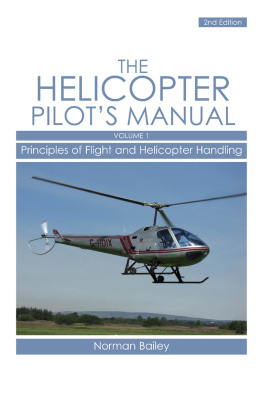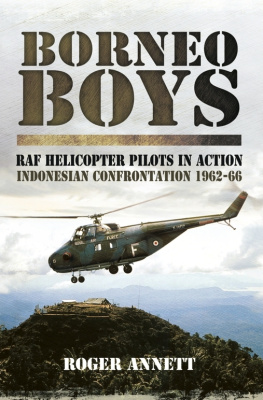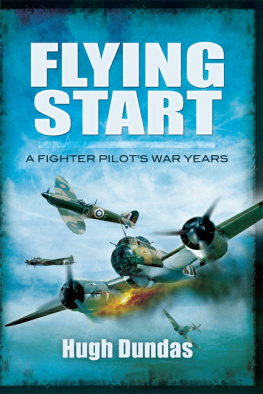First published in Great Britain in 2013 by
PEN & SWORD AVIATION
An imprint of
Pen & Sword Books Ltd
47 Church Street
Barnsley
South Yorkshire
S70 2AS
Copyright Geoffrey Leeming, 2013
ISBN: 978-1-84884-765-1
PDF ISBN: 978-1-78346-498-2
EPUB ISBN: 978-1-78346-964-2
PRC ISBN: 978-1-78346-731-0
The right of Geoffrey Leeming to be identified as the author of this work has been asserted by him in accordance with the Copyright, Designs and Patents Act 1988.
A CIP catalogue record for this book is available from the British Library.
All rights reserved. No part of this book may be reproduced or transmitted in any form or by any means, electronic or mechanical including photocopying, recording or by any information storage and retrieval system, without permission from the Publisher in writing.
Typeset by Concept, Huddersfield, West Yorkshire.
Printed and bound in England by CPI Group (UK) Ltd, Croydon, CR0 4YY.
Pen & Sword Books Ltd incorporates the imprints of Pen & Sword Aviation, Pen & Sword Family History, Pen & Sword Maritime, Pen & Sword Military, Pen & Sword Discovery, Wharncliffe Local History, Wharncliffe True Crime, Wharncliffe Transport, Pen & Sword Select, Pen & Sword Military Classics, Leo Cooper, The Praetorian Press, Remember When, Seaforth Publishing and Frontline Publishing.
For a complete list of Pen & Sword titles please contact
PEN & SWORD BOOKS LIMITED
47 Church Street, Barnsley, South Yorkshire, S70 2AS, England
E-mail:
Website: www.pen-and-sword.co.uk
CONTENTS
LIST OF MAPS
LIST OF PLATES
ACKNOWLEDGEMENTS
Although the majority of this book has been written from personal memory, aided by my accumulation of Pilots Flying Log Books, I am indebted to the many friends and former colleagues who have rummaged through their own memories and attics to provide me with their own recollections, corroborating or correcting my version of the events portrayed here. Long-forgotten photographs and maps have also been unearthed in the process. I am particularly grateful to Mike Ramshaw for his detailed memories of our shared time in the Far East and to Bill Gault, Brian Canfer, Martin Cocksedge and Dave Lloyd for their additions and corrections to my memories of the numerous rescue missions we undertook together in Scotland.
My thanks go to the renowned nature and adventure photographer, John Beatty, for generously allowing me to reproduce the image displayed on the jacket cover and other photographs within. I am also grateful for the detective work of Lee Barton of the Air Historical Branch of the Ministry of Defence and of Stewart Blair of Cumberland News Media in tracking down elusive photographs in their respective archives, and to Alan Macgregor, Rick Atkinson, Chris Gibbons, Robin Bryden and Bob Geddes for sorting through their own photographic collections for me.
I am very happy to acknowledge the issue of an Open Government Licence (see http://www.nationalarchives.gov.uk/doc/open-government-licence/) by the Crown Copyright Unit of the Ministry of Defence for use of the many RAF photographs shown in this book.
A big thank you is due to my wife, Marian, for her unfailing support and sound advice during this project, as well as for her necessary good humour during some of the tenser moments of its evolution.
My foremost thanks, however, must go to Martin Middlebrook, without whom this book would still be a distant and, probably, unfulfilled dream. His enthusiasm in overcoming my procrastination and subsequently his significant guidance and advice as my editor during the writing of this book have proved invaluable.
INTRODUCTION
Have you thought of writing this down?
There were four of us. Mary and Martin Middlebrook were guests at our home at Trearddur Bay overlooking the sea in Anglesey, where Marian and I had put down our roots during my last posting at nearby RAF Valley. We had all known each other for more than fifty years since our early days at Boston in Lincolnshire. Marian had been my childhood sweetheart. Mary was Marians cousin. Martin was her husband. His youngest brother, Peter, had been one of my best friends at Boston Grammar School.
We had dined well and were relaxing with talk of former days. Martin, a much-published military and aviation historian, was interested in my flying career and soon I had embarked on my war stories. With some prompting and occasional questions from Martin, story followed story. Some included incidents of close encounters with fate and distressing circumstances that I had never even told my wife.
I confessed that I had promised to record it one day as a family history for my grandchildren but, for Martin, this was not enough. He urged me to do it immediately and offered to use his contacts to help get the stories published.
I did not set out to write a definitive history of the period between my first operational helicopter posting to a forgotten war in Borneo and my final search and rescue mission following the terrorist bombing of Pan Am Flight 103 at Lockerbie. Nevertheless, history it is, albeit a narrow and very personal account of the intervening events and a tiny fragment of the overall picture.
Through these stories, I hope that the reader may gain some insight into the life of an RAF helicopter pilot and the nature of helicopter operations in an earlier era one before the ubiquitous presence of media cameramen and reporters in every zone of conflict and at every disaster made such events a regular and familiar feature of current television news and documentaries.
Geoffrey Leeming
Trearddur Bay
Wales
2013
CHAPTER ONE
WINGS
Frequently on first acquaintance most people are familiar with the question, Why did you want to ? or When was your first interest in ? For me, of course, that question was always about flying, and my answer was quite simple: I had wanted to fly for as long as I could remember. Like most small boys I had flirted with the idea of becoming a fireman or a train driver, or even a high court judge, but these alternative careers were very much fall-back positions to my burning ambition to become a pilot not just any pilot, mind you, but a Royal Air Force pilot wearing those much-coveted, iconic pilots wings.
Born and raised in Lincolnshire, Bomber County of the Second World War, I had been surrounded by the sight and sound of aircraft. First the drone of German bombers over Grimsby where we lived during the war, heralded by the unforgettable, mournful wail of the air-raid siren and followed invariably by the crump and rattle of falling bombs. During my school years in Boston came the change to the roar of jets as Gloster Meteors and, later, Hawker Hunters weaved overhead in mock aerial combat. During school holidays, I and my similarly obsessed school friends, Peter Middlebrook and Dale Reynolds, thought little of cycling the 50-mile round trip to the RAF College at Cranwell where, to the irritation of Air Traffic Control, we would haunt the runway threshold adjacent to a minor public road, coming almost within touching distance of the many Percival Provost, Boulton Paul Balliols and de Havilland Vampires based there as they made their low final approaches to land. A glimpse of a smoky trail in the distance towards Lincoln would have us furiously pedalling a further 12 miles to get as close as possible to the new Avro Vulcan delta-winged bombers recently arrived at RAF Waddington.
* * *
Discounting an early experiment when I had leapt out of a tree while hanging from an open fishermans umbrella, my first flight had been at Cleethorpes. There, at the age of twelve and clutching my five-shilling childs fare, I presented myself alone to be flown by Captain Jim Crampton, who operated a couple of four-seater, single-engined Austers off the beach at low tide. Far from feeling concerned by the stomach-lurching plunges and frequent wing-drops occasioned by the turbulence and air-pockets above the hot sand, I watched, fascinated, as the pilot deftly moved the controls to maintain a steady climb, the small aircrafts movements as it rode the unseen air currents merely emphasising the exciting new medium in which I now found myself. The experience exceeded all my expectations and made me re-double my resolve to be a pilot.
Next page
